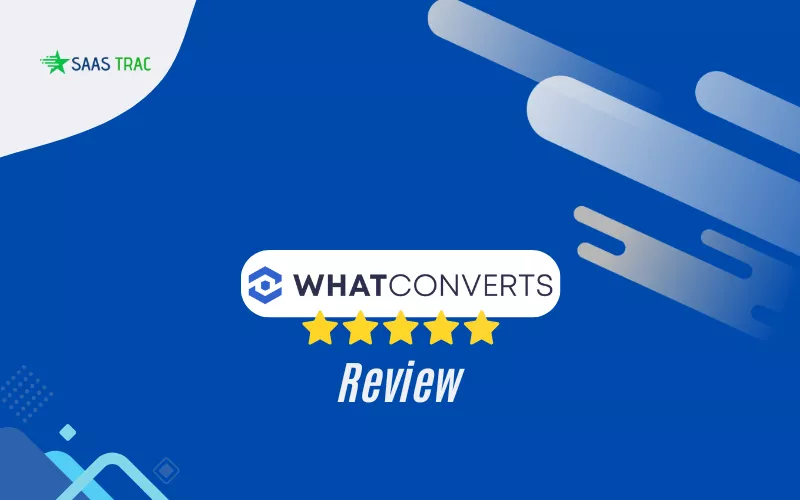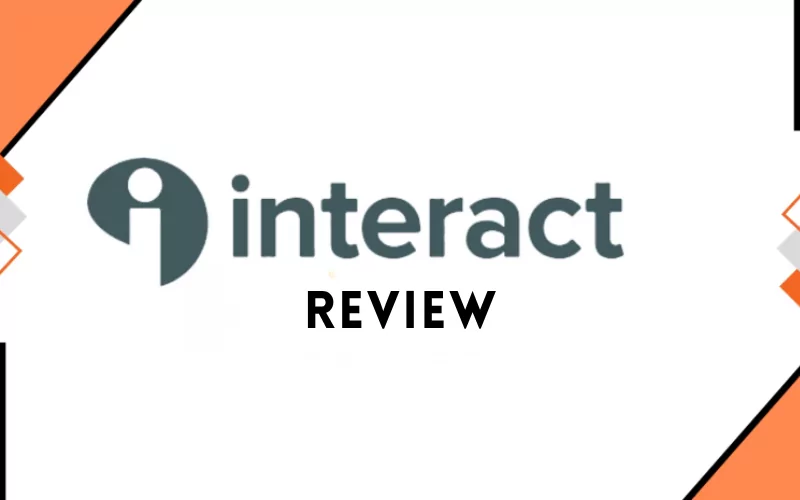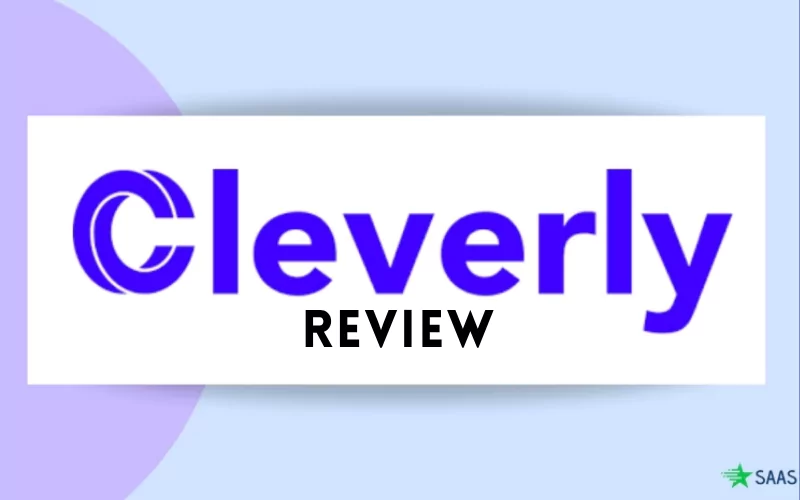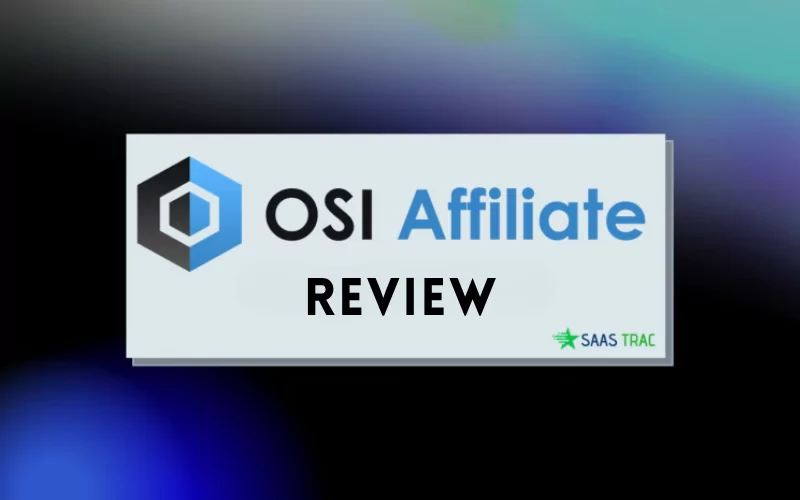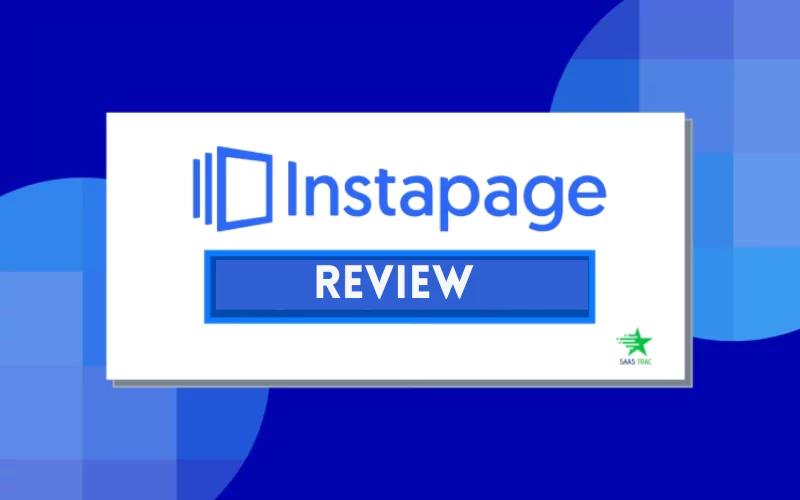Marketing teams today aren’t struggling with a lack of data—they’re struggling with the right data. Clicks, impressions, CTRs, and traffic numbers look good in a report, but they don’t answer the one question every marketer eventually faces: “Which campaigns bring actual leads?” That’s exactly where WhatConverts steps in.
As someone who regularly tests SaaS tools for attribution, analytics, and marketing automation, I’ve seen plenty of platforms try to solve this problem. Some are too complicated, some are overly basic, and a few promise more than they deliver.
But WhatConverts caught my attention because it focuses on the one thing that actually matters: connecting marketing activity to real, qualified leads—across calls, forms, and chats.
After spending time exploring the dashboard, tools, and workflows, here’s my full reviewer take on the platform, including thoughts on its usability, reporting, strengths, limitations, and even WhatConverts pricing for different teams.
First Impressions: A Platform Built for Marketers Who Need Clarity
 WhatConverts doesn’t try to confuse you with overly technical dashboards the moment you log in. Instead, everything is centered around one idea:
WhatConverts doesn’t try to confuse you with overly technical dashboards the moment you log in. Instead, everything is centered around one idea:
See where your leads come from, what they want, and how valuable they are.
The first thing you notice is the clean layout. Leads appear with:
- Source and medium
- Campaign or keyword
- Call recording (if applicable)
- Form data
- Chat transcripts
- Lead value and qualification
- Marketing journey details
For agencies or marketers who manage multiple campaigns and channels, this is a refreshing level of simplicity.
WhatConverts isn’t trying to be a CRM. It’s not trying to be a marketing automation tool either.
It is very clearly a lead intelligence platform, and that focus is one of its biggest strengths.
What Makes WhatConverts Stand Out?
1. True Multi-Channel Lead Tracking
Most tracking tools are built with a narrow scope. Some only track forms, a few specialize in call tracking, and almost none bring chat conversations into the same reporting system.
That’s what immediately sets WhatConverts apart—it doesn’t force you to treat these channels separately. Instead, it acts like a unified hub where every call, every form submission, and every chat inquiry gets tied back to the exact marketing source that drove it.
For industries where phone calls are the primary conversion metric—like healthcare, home services, legal firms, real estate, and financial services—this approach makes a noticeable difference.
Rather than guessing which keyword or ad triggered the call, you see:
- What campaign brought the visitor
- Whether they called or filled out a form
- How long the call lasted
- Whether it was a first-time caller
- Which keyword or ad group triggered the session
If you rely on forms, the platform captures details from every submission—even if your landing pages are fully custom-coded or built outside traditional form builders.
For chat-based conversions, WhatConverts automatically attaches the chat transcript to the visitor session. You see what they asked, how they interacted, and whether the conversation led to a qualified lead.
If you’ve ever tried to manually combine call logs, form data, and chat transcripts from different systems, having everything organized in one place feels incredibly refreshing. It removes hours of unnecessary stitching and gives you a clean, accurate timeline of how leads come in and what triggered them.
2. Lead Qualification and Value Assignment
One of the standout features during my review was the lead qualification workflow.
This isn’t just a simple list of leads—it’s a system designed to help teams identify which leads are valuable and which ones aren’t worth chasing.
With WhatConverts, you can:
- Mark leads as qualified or unqualified, which instantly improves reporting accuracy
- Assign a lead value, so you can measure revenue impact instead of counting raw leads
- Add tags, helping categorize leads by service type, intent, or department
- Write notes, making it easier for sales and marketing teams to collaborate
This is more than tracking—it’s lead intelligence.
It adds context, not just data.
Agencies especially benefit from this. Instead of sending clients vague conversion numbers, they can now deliver reports showing:
- Which campaigns brought high-value leads
- How many qualified calls came from Google Ads
- Which keywords led to revenue-driving conversations
It becomes much easier to justify budget increases, optimize spend, and demonstrate real ROI—something every marketer or agency struggles with at some point.
3. Reporting That Actually Helps You Make Decisions
Many analytics tools suffer from the same problem: too much information and not enough insight.
You end up drowning in dashboards without understanding what the data is trying to tell you.
WhatConverts takes the opposite approach. The reports are clear, practical, and structured the way marketers think.
Some of the most helpful reports include:
- Leads by source — instantly shows which channels pull their weight
- Leads by keyword — perfect for PPC teams refining campaigns
- Leads by landing page — helps identify high- and low-performing funnels
- Cost per lead — critical for budget planning
- Revenue by channel — helps determine where to scale or cut spend
- Multi-click attribution paths — shows the full journey, not just last-click efforts
- Lead qualification reports — separates noise from high-quality prospects
The real advantage here is clarity.
You’re not left guessing whether an ad “probably worked.”
You can literally trace the lead’s journey from ad click → page visit → call or form → qualification → revenue.
For teams that rely heavily on analytics but feel limited by pixel-based conversions, WhatConverts delivers a level of transparency that’s hard to ignore.
It replaces assumptions with actual evidence—and that alone is a major upgrade.
4. Integrations and API
Finally, one of the reasons WhatConverts fits well in modern marketing stacks is its flexibility.
The WhatConverts API is designed for advanced teams who want tighter control over their data. Developers can pull raw lead data into BI tools, push values back into the system, build custom dashboards, or integrate with in-house CRMs.
Even if you’re not using custom workflows, the platform’s built-in integrations save a lot of time. It connects seamlessly with:
- Google Ads — for keyword-level attribution
- Google Analytics — for deeper journey mapping
- CRMs — to push qualified leads into sales pipelines
- Chat solutions — to capture transcripts as leads
- Call tracking services — for number pooling and DNI
- Zapier — unlocking integrations with over 1000 additional platforms
This is especially helpful for agencies or businesses with complex stacks.
You don’t need to rebuild your workflow.
WhatConverts fits into it without friction.
If your team uses multiple tools or needs real-time data syncing, these integrations make the platform far more than just a tracking dashboard—they make it a central piece of your lead intelligence ecosystem.
5. Fast Setup With Dynamic Number Insertion
Call tracking is usually the trickiest part of any lead analytics setup.
But WhatConverts makes it surprisingly straightforward with dynamic number insertion (DNI).
This swaps phone numbers automatically based on visitor source, so campaigns are tracked accurately—even down to the keyword level.
For teams running Google Ads or Bing Ads, this is a big win.
Things I Liked About WhatConverts
- The dashboard feels intuitive, not bloated.
- Call recordings and form details are neatly organized.
- Lead value assignment helps build meaningful reports.
- You can export everything without restrictions.
- Attribution paths give you better visibility into multi-touch journeys.
- Agency support is clearly built into the UI (multiple accounts, client-friendly reports).
- The trial gives enough time to test everything fully.
It’s the kind of platform that doesn’t try to be everything—it tries to solve one problem exceptionally well.
WhatConverts Pricing: Fair, but Not the Cheapest
While exploring the plans, I found the pricing structure easy to understand but slightly premium compared to lightweight lead-tracking tools.
The tiers vary depending on:
- Call tracking volume
- Number of users
- Attribution features
- Multi-account support
For solo marketers or small businesses, the entry plan is affordable and offers enough functionality.
For agencies, higher-tier plans unlock features like multi-click attribution, expanded reporting, and more integrations.
The value is solid, but if you’re a small team that only needs basic form tracking, the price may feel slightly high.
But if you rely on phone calls or multi-channel attribution, the cost becomes reasonable.
WhatConverts Limitations You Should Know About
No platform is perfect, and as a reviewer, I think it’s important to mention areas where WhatConverts could improve:
1. New users may need time to understand attribution
While the interface is simple, understanding multi-click paths, keyword-level tracking, and lead qualification workflows may take time for beginners.
2. Not a CRM replacement
If you’re looking for:
- automation
- sales pipelines
- nurturing tools
…you’ll still need a separate CRM.
3. Costs can climb for teams scaling quickly
Call tracking, especially with high volume, can add up.
Agencies with many clients may need a higher plan sooner than expected.
4. Limited built-in marketing automation
You can integrate automation tools, but WhatConverts doesn’t try to handle automation internally—and that may or may not be a dealbreaker depending on your setup.
Who Will Love WhatConverts?
After spending enough time evaluating the platform, I can confidently say it’s ideal for:
1. Digital Marketing Agencies
This is arguably the tool’s strongest audience.
Agencies get:
- client-ready reports
- multi-account management
- transparent source tracking
- call + form + chat attribution
- lead qualification
- revenue reporting
It’s exactly the kind of tool that lets you prove your campaigns work.
2. Service-Based Businesses
Industries that rely on calls (HVAC, lawyers, dentists, financial consultants, plumbers) will find WhatConverts extremely valuable.
3. PPC Marketers
Keyword-level call tracking is hard to find, and WhatConverts does it well.
4. Franchise models
Multi-location reporting is handled cleanly, making it easier to manage distributed marketing programs.
5. Growth teams looking for clarity
If you’re tired of vanity metrics and want actionable lead data, this is the right platform.
Alternative Tools For WhatConverts
Here are 5 alternative tools to WhatConverts, each with a short, one-line description:
-
CallRail – A popular call tracking and attribution platform for businesses needing detailed phone-based lead analytics.
-
HubSpot Marketing Hub – Provides form tracking, lead capture, reporting, and CRM integration in one unified system.
-
Ruler Analytics – A marketing attribution tool that connects leads, revenue, and multi-touch journeys across campaigns.
-
CallTrackingMetrics – A call tracking and contact center solution with built-in automation and conversation analytics.
-
LeadsRX – A multi-touch attribution platform designed to map the customer journey and track ROI across all channels.
Final Verdict: Is WhatConverts Worth It?
After reviewing a long list of analytics and attribution tools over the years, I can confidently say that WhatConverts stands out for clarity, depth, and reliability.
It’s not trying to be a bulky all-in-one platform.
It focuses on doing one important job extremely well:
Showing you which marketing efforts bring real leads—calls, forms, and chats included.
For marketers, agencies, and service-based businesses that rely on accurate attribution, WhatConverts delivers strong value, clean reporting, and an experience that feels thoughtfully designed.
If you’ve been frustrated with misleading dashboards or inconsistent tracking, WhatConverts feels like a refreshing change.
This WhatConverts review reflects my hands-on time with the platform, and I can say that it delivers its promise: real lead clarity, without unnecessary complexity.
And if you want even more insights before deciding, browsing more WhatConverts reviews from other users can help validate how well the tool performs across different industries.
If you’re evaluating attribution platforms for the SaaStrac directory, WhatConverts definitely earns a spot on the list.
FAQs
1. Is WhatConverts difficult to set up for beginners?
Not at all. WhatConverts is one of the easier lead-tracking platforms to start with.
Form tracking works instantly, call tracking requires a few simple steps, and dynamic number insertion is guided with clear instructions. Even if you’re not technically trained, the onboarding process is straightforward.
2. Does WhatConverts replace a CRM?
No. WhatConverts tracks and qualifies leads, but it doesn’t handle sales pipelines or automation.
Most businesses pair it with a CRM like HubSpot, Pipedrive, or Salesforce.
The platform is best for understanding the source and quality of leads—not managing deals.
3. Can WhatConverts track offline leads?
Yes. If your team manually adds leads coming from walk-ins, referrals, or offline campaigns, you can still tag and classify them inside WhatConverts.
This keeps all lead data stored in one place, regardless of source.


